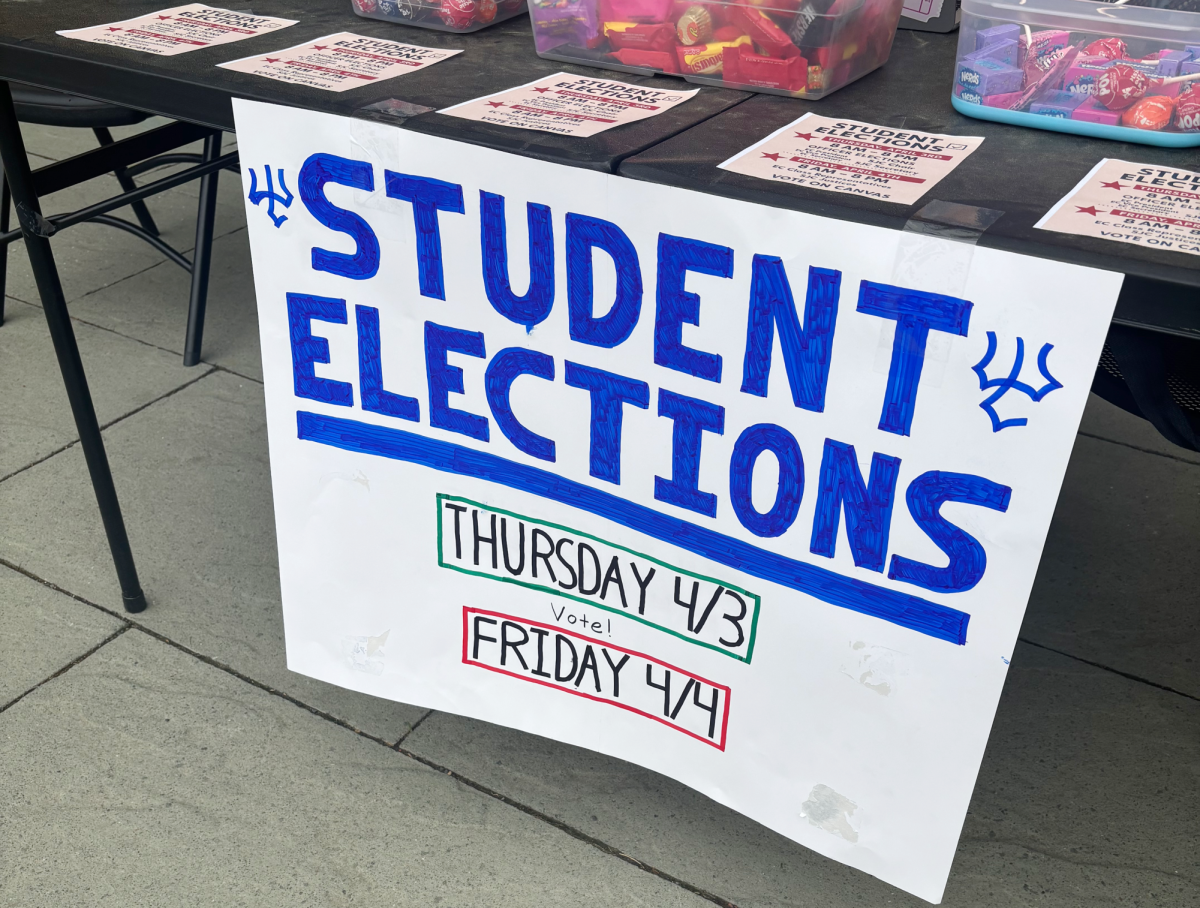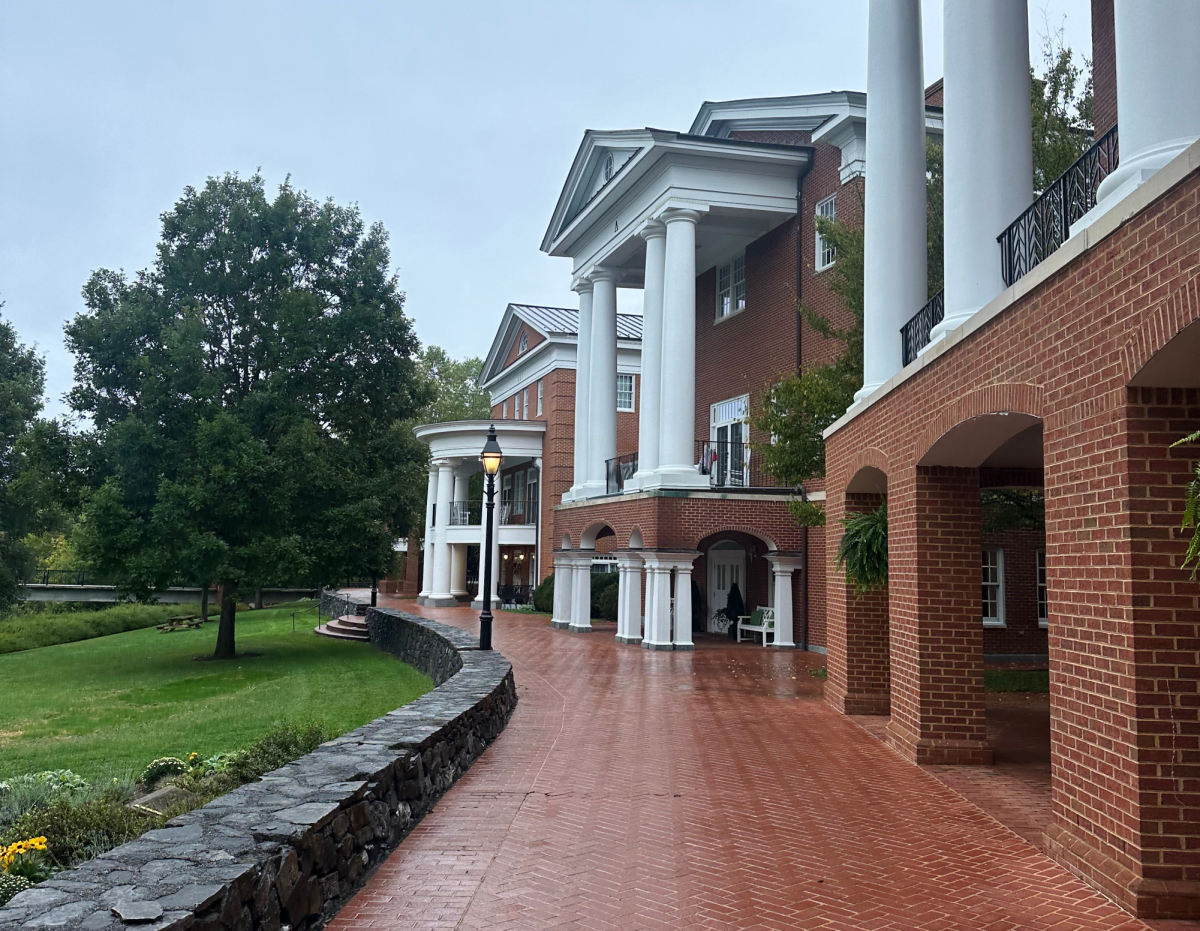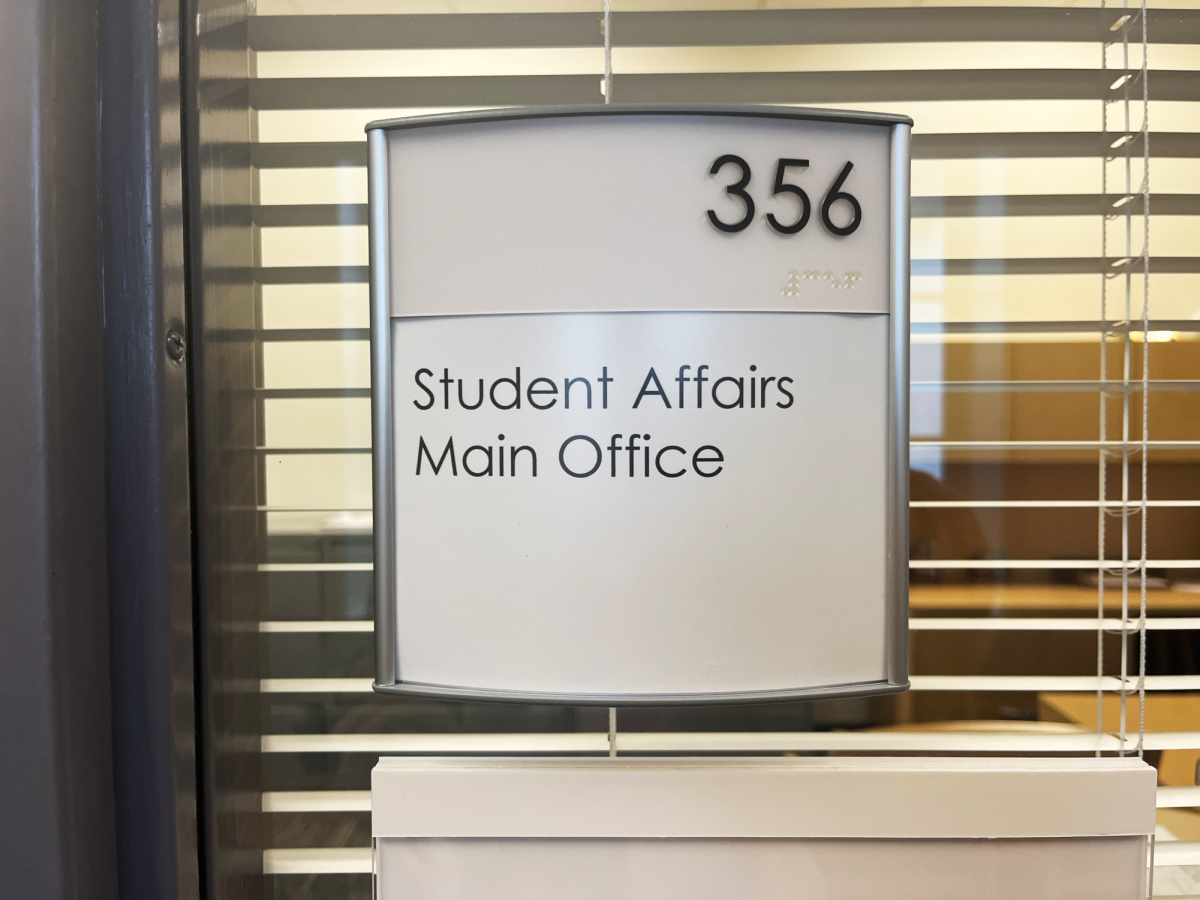Washington and Lee welcomed the largest first-year class in recent years. With an enrollment of 502 students, housing is tighter than ever.
When filling out their housing forms, first-year students can indicate a preference between single, double and triple rooms in Graham Lees and Gaines. While the number of singles has stayed about the same in recent years, rooms that were meant to be triples but were used as doubles have returned to their intended size.
That means not every student got the room they asked for. Kallie Tompkins, ’27, and Hannah Grace Kornberg, ’27, had both chosen to live in double rooms. They now live in triples and are struggling to manage the limited space.
“The university has not provided us a wardrobe for the third roommate, which has proved to be inconvenient,” Tompkins, who lives in Graham-Lees dorm, said. “Right now, we share closet space, but we were told on the university’s website that there would be enough storage to accommodate the three of us. We still don’t have the wardrobe, but the university told us we were getting one.”
But Tompkins still thinks she “lucked out” because she gets along with her roommates.
Kornberg, who lives in Gaines, has had an overall positive experience with her living situation.
“The fact that there’s an upstairs and downstairs allows us to do our own thing without bothering one another, and it’s also nice to have two friends,” she said.
Jason Rodocker, dean of first-year experience, said most students got the rooms they requested.
“Every early decision student and most regular decision students still received their first choice of room type,” he said.
This year’s increased first-year enrollment has had less of an impact on the distribution of classes, said Kim Robinson, the university’s registrar.
“There was a heads-up about the size of the incoming class and the registrar’s office worked with the academic deans to plan accordingly. Some courses were for first-years only and others had reserved seats for first-years, so the need for additional sections was minimal,” she said.
Class distribution was made easier by the fact that there were still first-year seats available in some specialty classes. The registrar’s office also used an algorithm that factored in first-years’ preference lists and gave them a mix of their choices, which was the original intention.
This year, the university admitted a class of students from diverse backgrounds. Ac- cording to the admissions office’s class of 2027 profile, 8% of students in the first- year class are from countries outside the United States, and 24% are domestic students of color.
This was the “most selective [admissions] process in the university’s undergraduate history,” with 6,825 students in the original applicant pool, the admissions office’s statement said.
Despite having to account for a greater class size, the First Year Experience team and First Year Orientation Committee “collaborated with facilities, dining services and other partners to ensure that orientation went smoothly,” Rodocker said.










Nelson Patterson • Sep 29, 2023 at 12:20 pm
Two big questions leap out here that were not explored by the intrepid reporter.
1) As I recall from several Sally Richmond speeches, we have a May commitment deadline for accepting the admission offer. This article talks at length about all of the collaboration between the Registrar and FYOC on how planning for classrooms occurred, but where was the planning for room furnishings? Regardless of whether students choose singles, doubles, or triples, simple math suggests you could forecast a higher number of triples, and basic furnishings could have been ordered in June, well in advance of student arrivals.
2) Has the target enrollment per incoming class increased of late? I thought the target was more 450-475, but 502 suggests either higher yield than anticipated, or really poor planning by Admissions, or perhaps an effort by Admissions to increase some demographic groups to improve statistics? Regardless, it would be nice to have Admissions ‘fess up to the number and what occurred – and if this is to be the new norm or not.
Robert Owen ‘88 • Sep 27, 2023 at 2:16 pm
I ask this question very seriously because since the University is proudly touting the number of minority students that is recruiting (this year 24%) what is the graduation rate of these minority students?
It is long been known that many top tier universities recruit minority students in order to pad their numbers for statistics that have to be reported knowing full well that many of those students will not cut it academically and will fail or ultimately transfer out to a less demanding institution.
Therefore, what is the percentage of those minority students from each class in the last 10 years successfully completing a four year degree at W&L?
If we’re recruiting to pad our numbers for appearances sake but a high percentage are not succeeding at W&L then we need to re-examine/rethink what we’re doing because we are failing those students.
Bruce Madison • Sep 28, 2023 at 1:17 pm
Excellent point.
Bruce Madison’72